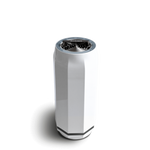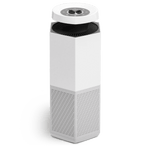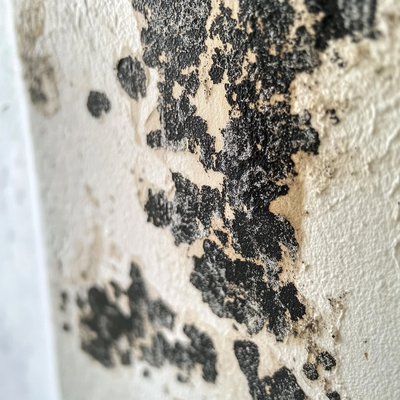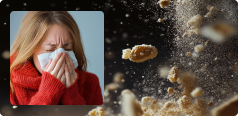How PCO Technology is Proven to Not Affect Plant and Animal Cells
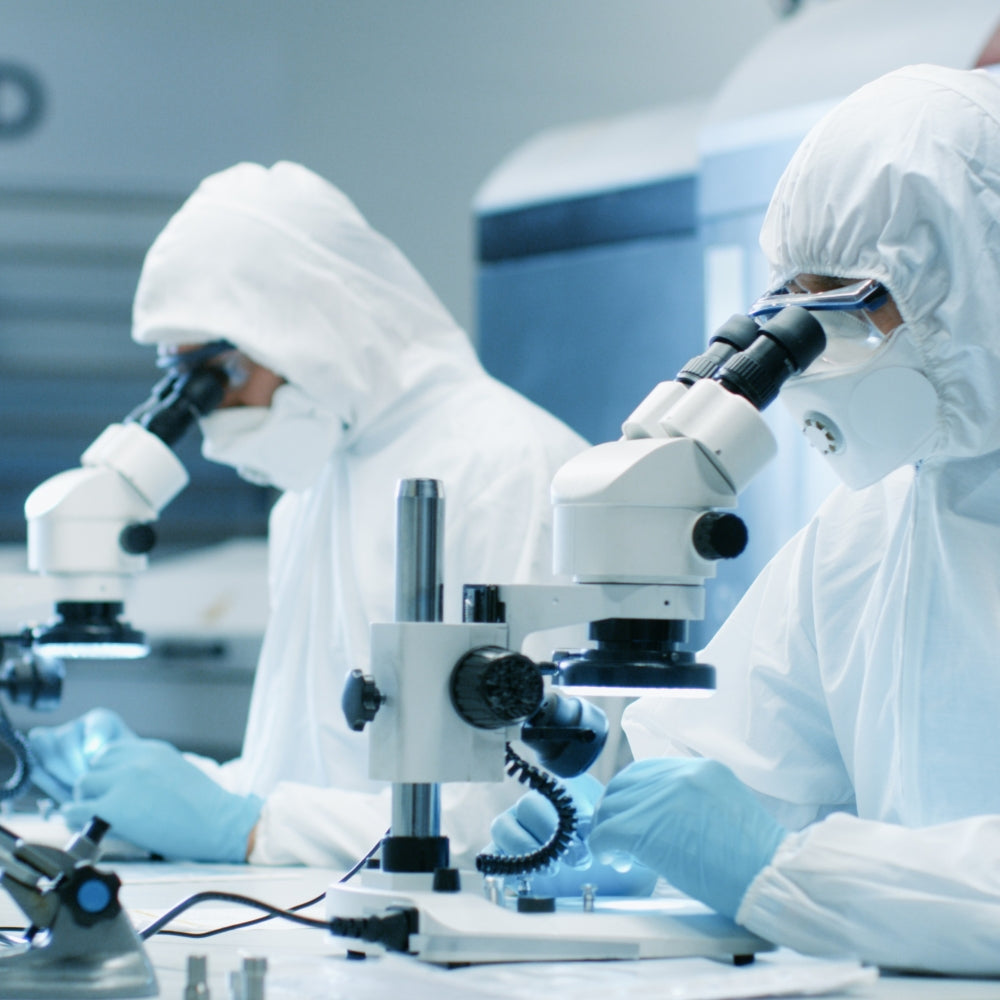
Scientific Evidence Shows PCO Purification Works Without Impacting Biological Tissues
When evaluating air purification technologies, it’s important to consider not only performance but also compatibility with everyday indoor life. Puraclenz’s patented PCO (Photocatalytic Oxidation) purification is backed by extensive research—including studies that expose living cells to real-world levels of purification over extended time periods. The results are clear: PCO purification reduces airborne and surface pollutants while showing no observable effects on plant or animal cells.
Research-Backed Confidence in PCO Purification
Two recent peer-reviewed studies evaluated ozone free PCO and advanced photohydrolysis systems in both animal and clinical settings:
-
Murine Study Published in PLOS ONE (2024): Mice were exposed continuously for 90 days to levels of Advanced Photohydrolysis used in indoor purification. Throughout the study, researchers observed normal food consumption, weight gain, and behavior. Blood chemistry and respiratory tissue structure were unchanged, with no signs of irritation or cellular damage. The study concluded that the purification process did not affect biological tissues.
Read the full study -
Clinical Study Published in the American Journal of Infection Control (AJIC, 2024): PCO purification systems were installed in hospital ICUs while rooms remained occupied. After four months, researchers observed up to 99% reduction in mold 1, bacteria 3, and fungal allergens 1 on surfaces and in the air. The purification technology operated continuously with no interruptions or observable effects on the hospital environment.
View the AJIC publication

Puraclenz PCO: Engineered for Everyday Environments
Puraclenz devices use a patented UV-C and titanium dioxide matrix to generate trace ions and oxidative molecules. These work mid-air and on surfaces to deactivate pollutants including mold 1, mildew 1, viruses 2, and bacteria 3. Unlike other systems, Puraclenz does not rely on ozone, formaldehyde, or chemicals that can trigger sensitivity in living systems.
Independent Testing Confirms No Harmful Byproducts
Puraclenz purification has been tested in certified labs and clinical facilities to confirm:
- Zero ozone emissions (UL2998 certification)
- No generation of harmful VOCs or ultrafine particles
- Compatible for continuous use in occupied spaces, including where plants and animals are present
Proven Results With No Impact on Living Cells
These independent studies confirm that Puraclenz PCO purification can reduce indoor pollutants while remaining biologically neutral. Whether used in homes, offices, or hospitals, the purification process has been proven to not affect living cell systems.
Recommended products

Core Air & Surface Purifier + HEPA
$519.99

Photon Air & Surface Purifier
$299.99
